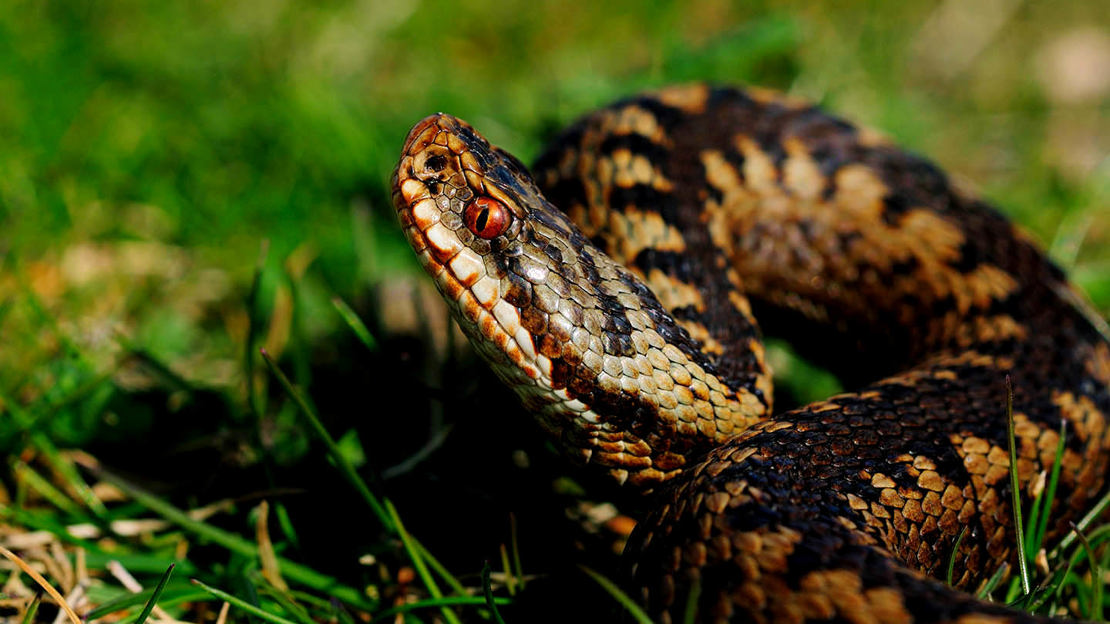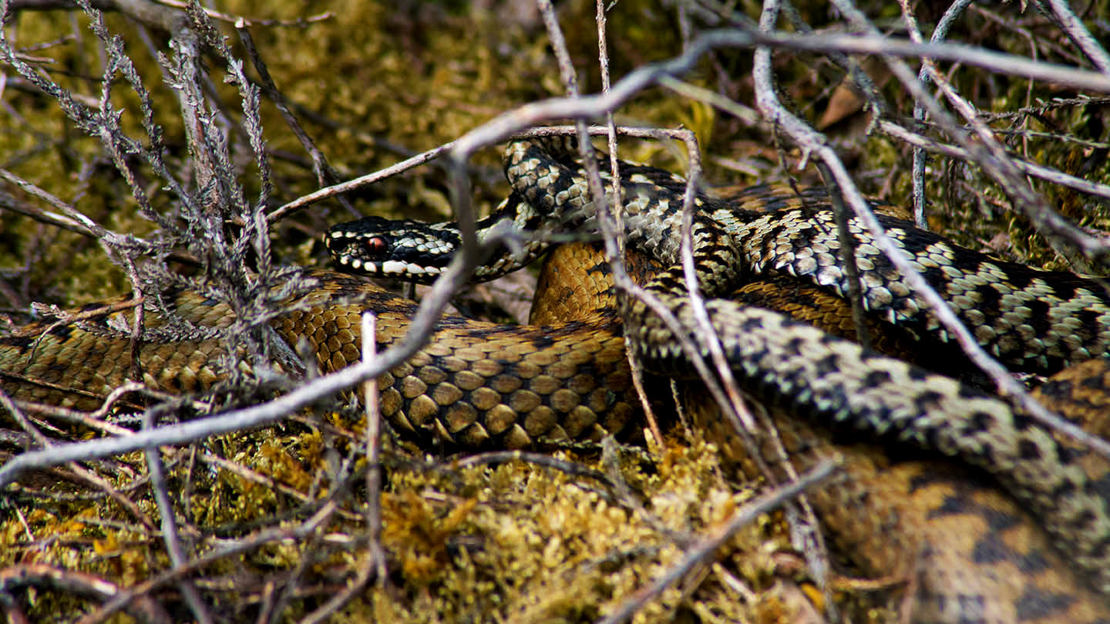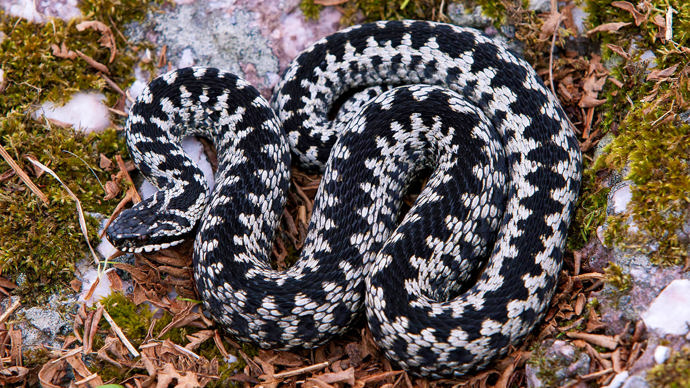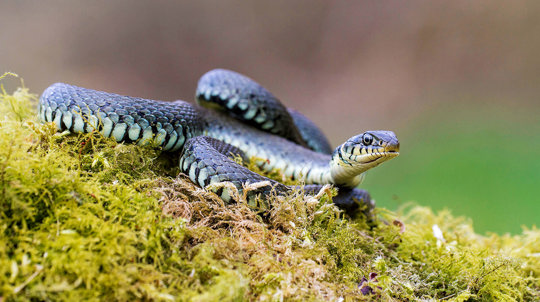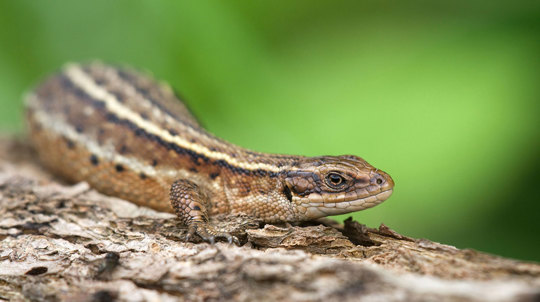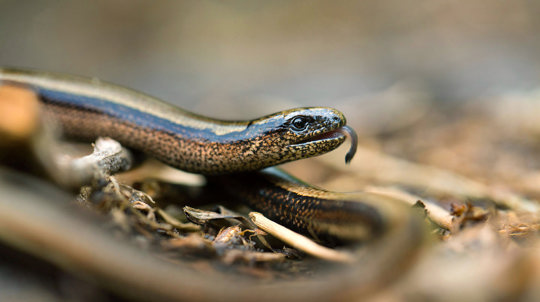Common name(s):
adder, European adder, European viper
Scientific name: Vipera berus
Family: Viperidae (vipers)
Habitat: woodland, grassland, heathland
Diet: small mammals, amphibians, birds and reptiles
Predators: birds of prey and large mammals; young are particularly vulnerable to large birds
Origin: native




